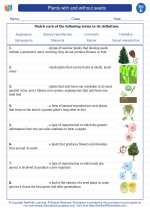Characteristics of Terrestrial Habitats
Terrestrial habitats are characterized by factors such as temperature, precipitation, soil composition, and vegetation. These factors play a crucial role in shaping the types of organisms that can thrive in a particular habitat.
Types of Terrestrial Habitats
There are several types of terrestrial habitats, including:
- Deserts: characterized by low precipitation and extreme temperature variations
- Grasslands: dominated by grasses and other herbaceous plants, with moderate precipitation
- Forests: consisting of trees and diverse understory vegetation, with varying levels of precipitation and humidity
- Tundras: cold, treeless habitats with low-growing vegetation and permafrost
Adaptations of Organisms
Organisms in terrestrial habitats have developed various adaptations to survive in their specific environments. These adaptations may include specialized root systems, water retention mechanisms, camouflage, and behavioral strategies for coping with extreme temperatures.
Ecological Interactions
Within terrestrial habitats, organisms engage in complex ecological interactions such as competition for resources, predator-prey relationships, and symbiotic associations. These interactions contribute to the overall biodiversity and ecological balance of the habitat.
Human Impact
Human activities, such as deforestation, urbanization, and pollution, have significantly impacted terrestrial habitats. Understanding the consequences of human impact is crucial for the conservation and preservation of these habitats and the organisms that depend on them.
.◂Science Worksheets and Study Guides Fifth Grade. Plants with and without seeds
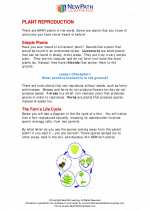
 Worksheet/Answer key
Worksheet/Answer key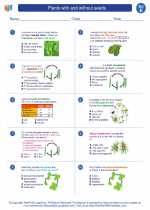
 Worksheet/Answer key
Worksheet/Answer key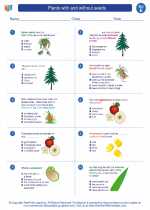
 Worksheet/Answer key
Worksheet/Answer key
 Vocabulary/Answer key
Vocabulary/Answer key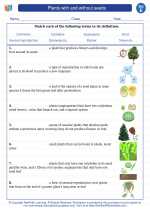
 Vocabulary/Answer key
Vocabulary/Answer key